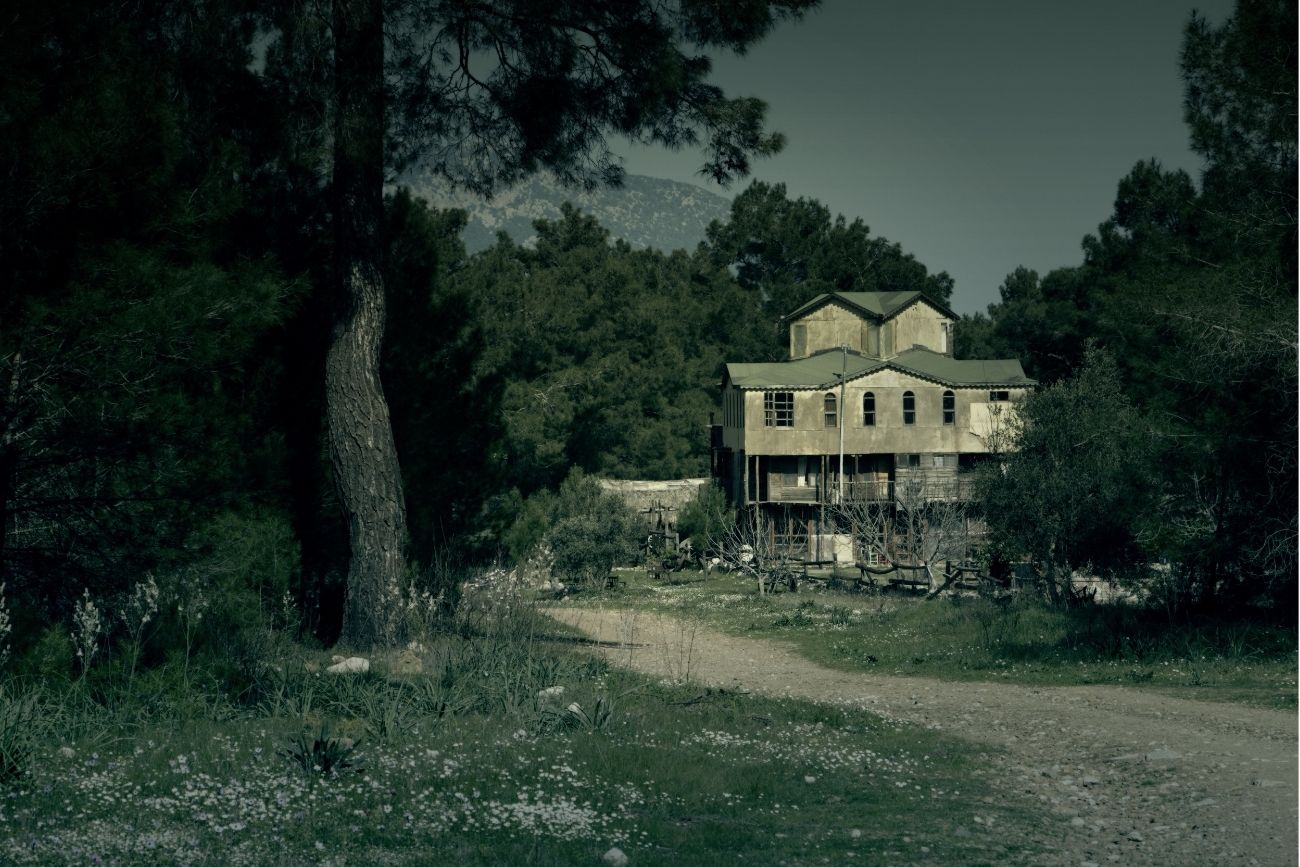
5 Connectors for Suspense in Spanish
Creating suspense in a story requires precise timing, atmosphere, and smooth transitions. Connectors for suspense in Spanish, like “mientras” (while) and “en ese instante” (at that moment), are key tools that help maintain tension and keep readers engaged.
In this article, we explore five essential connectors for suspense in Spanish, showing how to use them effectively to build anticipation.
1. What Are Connectors for Suspense in Spanish?
Connectors for suspense in Spanish are words or phrases that help link moments in a story. They help to create a smooth flow of action while increasing tension. These connectors guide the reader through events, helping to build suspense in a way that feels natural and engaging.
2. Using “Mientras” for Suspense in Spanish Narratives
One of the most useful connectors for suspense in Spanish is “mientras” (while). This connector allows you to describe two actions happening at the same time. It creates tension by showing one action that the reader is aware of and another occurring in the background.
Example:
“Mientras she walked deeper into the forest, a shadowy figure watched her from the distance.”
(“Mientras ella se adentraba en el bosque, una figura sombría la observaba desde la distancia.”)
Using “mientras” builds suspense by letting the reader know there is a hidden danger. This creates a sense of anticipation as the character remains unaware.
Ready to dive into the dark tales and chilling culture of Spain?
3. “En ese instante”: A Powerful Connector for Suspense
“En ese instante” is a time connector that highlights a sudden, important moment. It’s one of the most effective connectors for suspense in Spanish because it draws attention to a pivotal event that changes the course of the narrative.
Example:
“En ese instante, the door slammed shut, trapping them inside.”
(“En ese instante, la puerta se cerró de golpe, atrapándolos dentro.”)
This connector adds immediate drama, forcing the reader to focus on a key event that increases the tension of the scene.
4. Building Tension with “Justo cuando” in Spanish Stories
“Justo cuando” (just when) is a time connector that introduces a sudden action. It occurs at the exact moment when something else is about to happen. This connector is ideal for creating suspense as it delays the resolution of an action.
Example:
“Justo cuando she was about to open the door, a loud noise echoed from behind her.”
(“Justo cuando iba a abrir la puerta, un fuerte ruido resonó detrás de ella.”)
This connector interrupts the flow of the narrative, making readers wait and increasing their curiosity.
5. “Donde” as a Place Connector for Suspense in Spanish
“Donde” (where) is a place connector that situates the action in a specific location. It is often used to hint at something mysterious or threatening. As a connector for suspense in Spanish, “donde” helps immerse the reader in a setting that feels uncertain or dangerous.
Example:
“Donde the forest met the river, shadows moved silently between the trees.”
(“Donde el bosque se encontraba con el río, sombras se movían silenciosamente entre los árboles.”)
By using “donde”, you create suspense by anchoring the action in a place where something unsettling may be happening.
6. Increasing Tension Gradually with “A medida que”
“A medida que” (as) is a time connector that indicates gradual progression. It’s a great connector for suspense in Spanish because it suggests that something is getting closer or more intense.
Example:
“A medida que the clock approached midnight, the footsteps in the hallway grew louder.”
(“A medida que el reloj se acercaba a la medianoche, los pasos en el pasillo se volvían más fuertes.”)
This connector builds suspense slowly, creating anticipation as the action approaches a climactic moment.
How to Use Connectors for Suspense in Spanish
Mastering connectors for suspense in Spanish allows you to build tension and guide readers through key moments. Here are a few tips to make the most of these connectors:
- Create parallel actions: Use “mientras” to describe two events happening simultaneously. This technique lets the reader anticipate a hidden danger before the character realizes it.
- Emphasize critical moments: “En ese instante” and “justo cuando” are perfect for highlighting key changes. They help add surprise and increase tension at important moments in the story.
- Use place-based suspense: “Donde” allows you to set a specific location that feels mysterious or threatening. It enhances the scene by drawing readers into a setting where danger may be lurking.
- Gradually build tension: Use “a medida que” to slowly lead up to a climactic event. It keeps readers hooked by suggesting that something important is about to happen.
Conclusion
Connectors for suspense in Spanish are vital tools for creating tension and keeping readers engaged. Words like “mientras”, “justo cuando”, and “a medida que” not only move the story forward but also add layers of suspense that maintain the reader’s interest. By using these connectors effectively, you can enhance the drama of your story, creating an atmosphere full of tension and excitement.
Ready to dive into the dark tales and chilling culture of Spain?






